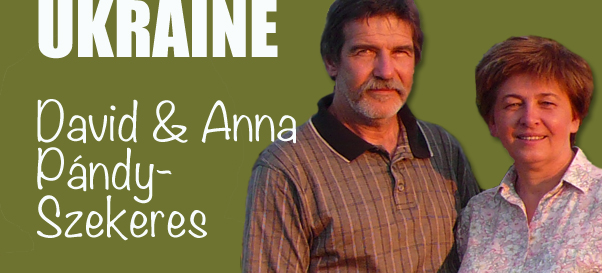The events in Ukraine in the last three weeks of March have captured front page headlines in most of the Western media. There is nothing much surprising in recent events if you know the political history of Ukraine since 1991 when it became a full-fledged country for the first time in its history. The boundaries of the new country created many potential difficulties as they encompassed peoples of very different ethnicities, language groups, histories and political cultures. Ukraine is also strategically positioned between Russia and the most easterly extension of the European Union and NATO. Influences, direct or indirect, originating from each of these sides have regularly mixed or butted against each other here since 1991.
Ukraine governments have not made much progress in eradicating widespread corruption nor been able to successfully manage the economy. Both the EU and Russia have made offers of economic assistance, but with their own interests in mind. Russia is wary of losing political and economic influence in an area immediately adjacent to its borders, but also of the potential extending of NATO’s military presence. The West envisions gaining economic access to a market of forty-six million inhabitants as well as perhaps further limiting Russian clout on the world stage. Seen in this context, the present situation is nothing more than another chapter in the struggle for global power by the world’s major players and it can only be hoped that they will resolve this in a peaceful way.
Nothing much of this has been felt in the area where I work, in the country’s most westerly oblast (region) of Transcarpathia, except for the aggressive appearance of organized units from the Lviv oblast, supposedly representing the new authority in Kiev and temporarily seizing government buildings and disrupting the work of civil servants and elected bodies. A few administrative officials, who have had too close a relationship with the now disbanded political party of the discredited president, have resigned from their posts while others have remained, now functioning as “independents.” For the ethnically mixed population of Transcarpathia (Hungarians, Romanians, Slovakians, Russians, Ukrainians), neither the Russian line nor the Western-backed nationalist Ukrainian line is overly enticing or reassuring. A system offering a little more democracy, autonomy and economic improvement with less corruption is what is needed. For the present, this is perhaps only a dream. For the ethnic minority within the Reformed Church of sub-Carpathian Ukraine, the PCC’s partner church in this country, there is little to do except to pray for a better future.


